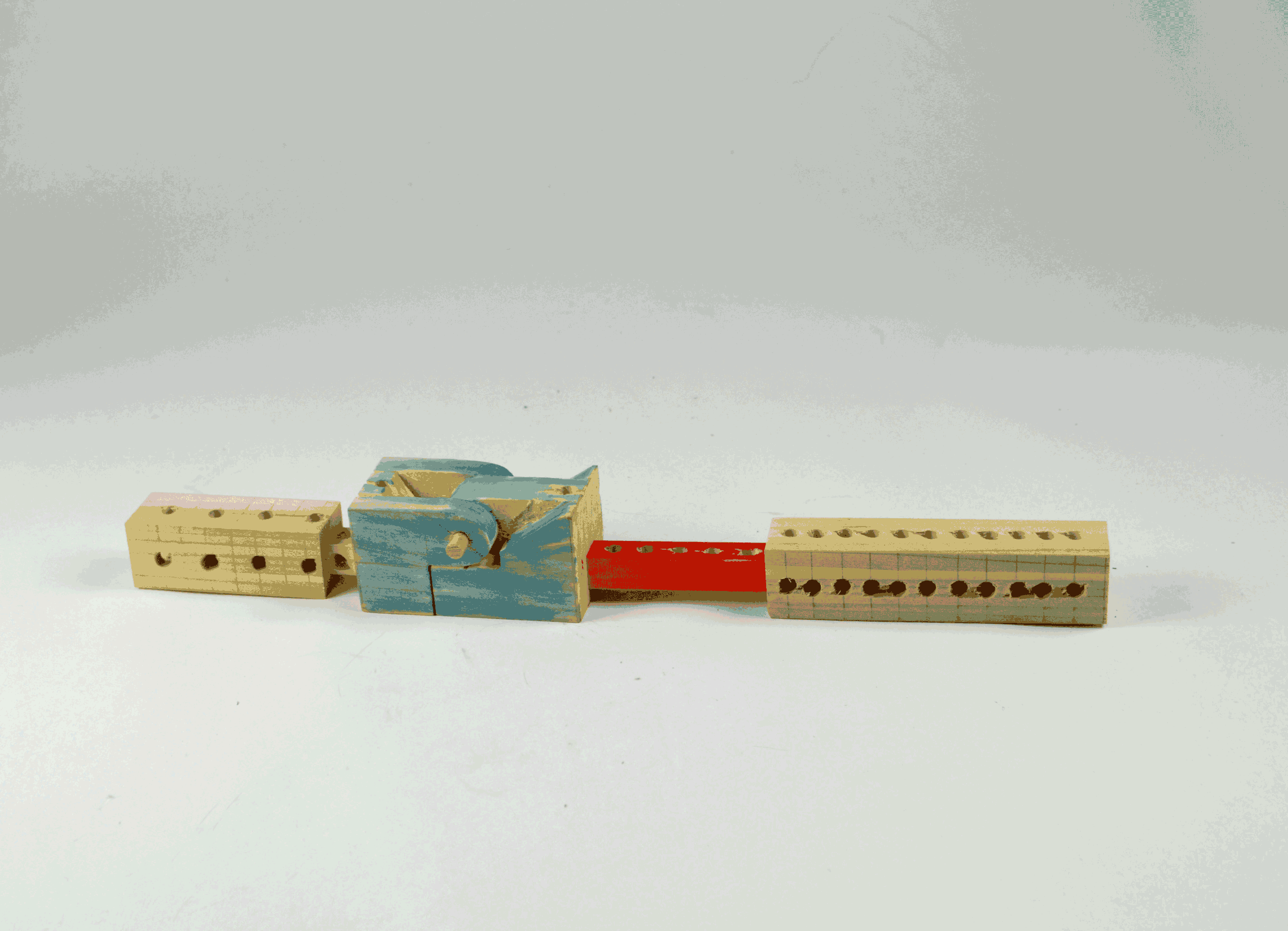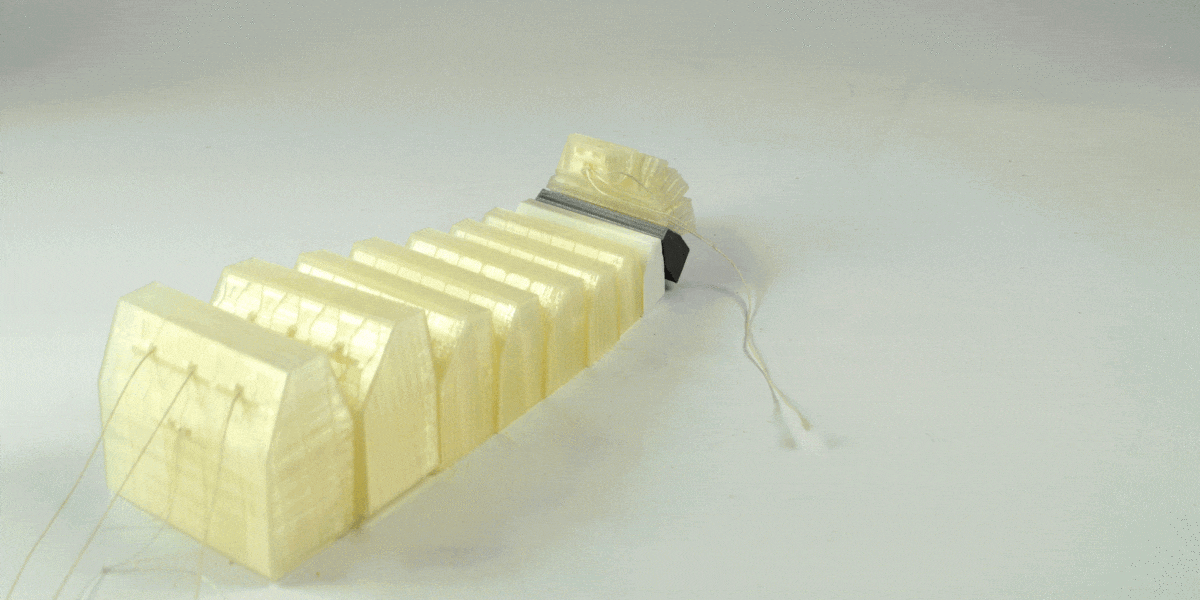Prototyping Anatomy
This project is about how human anatomy can be recreated in physical models. Several of these studies resulted in wooden prototypes that show the extents of bio-mechanical movement of the arm and hand. Driven by numerous anatomy courses, visits to cadaver labs, and understanding the anatomical components of the arm and hands, 3D printed prototypes advanced the mechanical capabilities to show specific life-like movement of the hand.
Related Projects: Robotic Hand and Anatomical Studies
Wooden Models
Initial models were made out of wood for a rapid iteration process. Joints were cut using a mortise cutter. Modules help extend or shorten the length of limb.
3d printed models
Hook Grip: by pulling the red or blue string, the fingers are able to curl, showing flexion, or straighten, showing extension.
Utilizing Rhino for 3D modeling, these prototypes were quickly iterated to discover successful qualities of life like movement. The Hook Grip was best understood with stimulus to the extenders or flexors, shown by red or blue string.
The image above uses laser cut gears and colored string to create pulleys for controlling extension or flexion.
The image left is a 3D printed iteration of the hook grip, resembling a tentacle.





